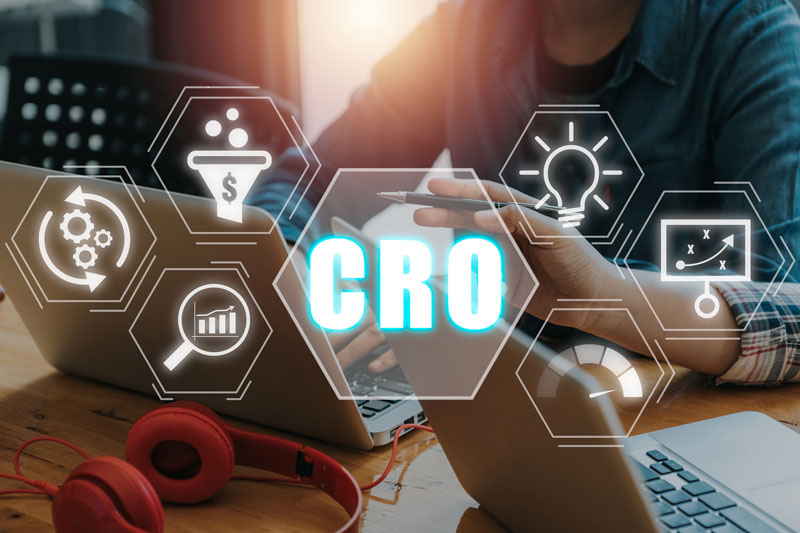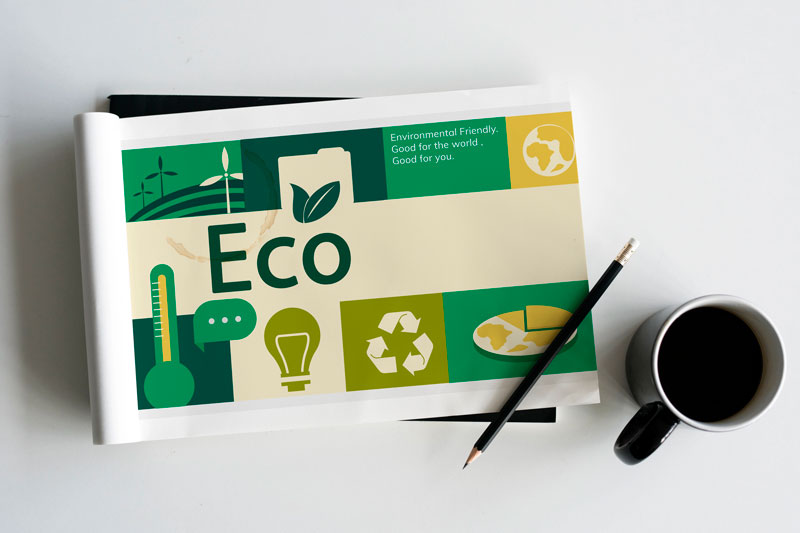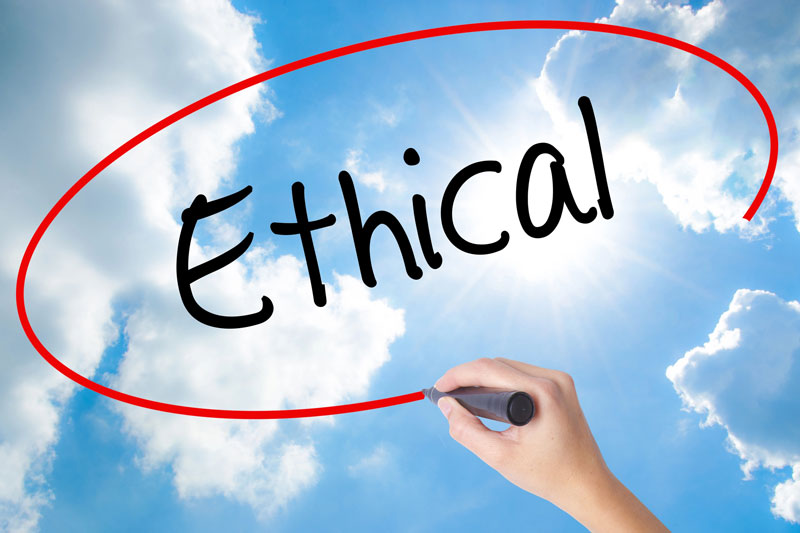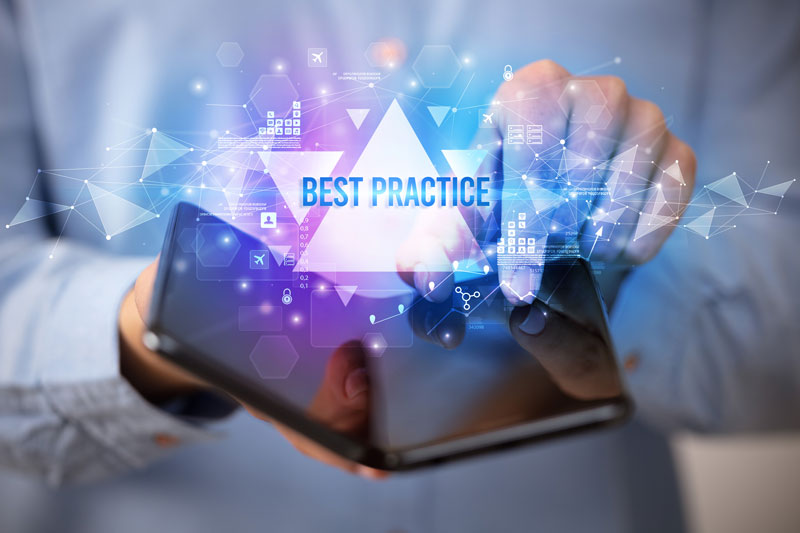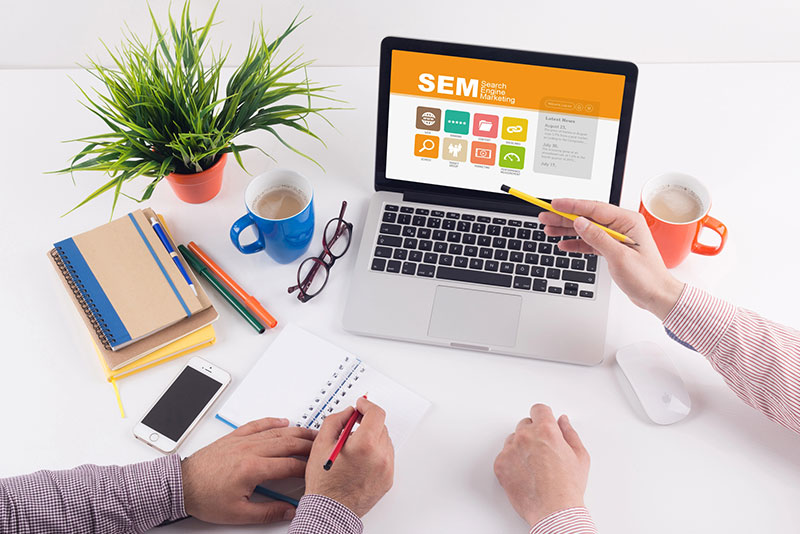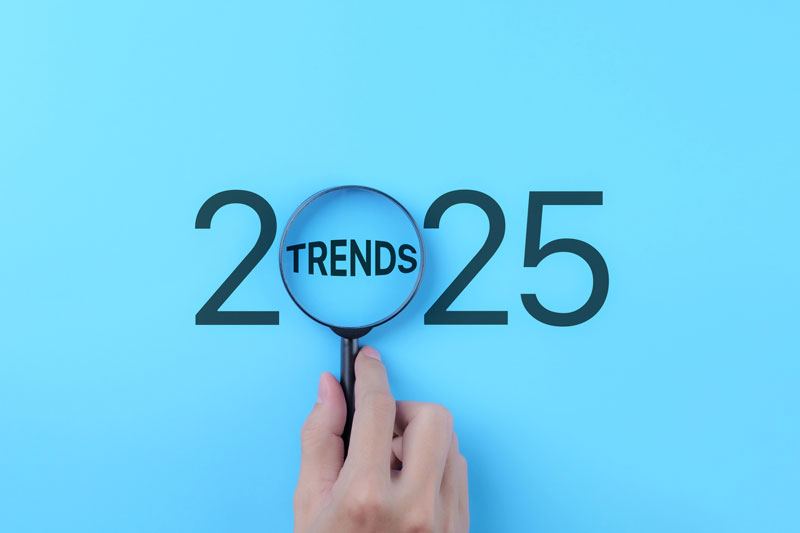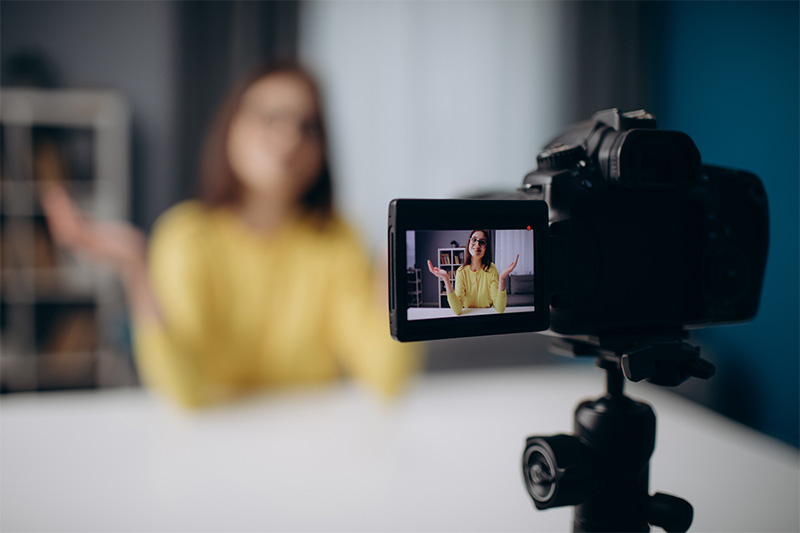Converting silent “lurkers” into your best, most vocal, and loyal patients often starts with your website. It is certainly the most common “doorway” for many of us to become familiar with practices and all sorts of businesses. The wonderful thing about your practice’s online “home” is that there are numerous potential opportunities for patients to engage, interact, and complete specific actions with your team. When it comes to assessing and boosting conversion rates, the first question to ask yourself is, “Are there any missed opportunities for users on my website to take action on?” If yes, you may not be taking full advantage of the myriad methods to engage with potential patients, which are presented by multi-faceted and dynamic websites.
An introduction to conversion
The ultimate end goal is to convert the website visitor or user into a loyal and quality patient. However, conversion as a term in this context is far broader than that end goal indicates. This measurement assesses how users are completing actions, which may be as the result of a formal call to action or a prompt that is integrated into the fabric of the website. For instance, examples of conversions might include individuals who subscribe to your email list or fill out the “contact us” submission form for more info about an online consult or with a specific question related to a service they saw on your website. This is an indicator of marketing and communications’ health, and conversions can be achieved in both the online and offline world.
Remember, you are always converting until that patient is undergoing treatment. So, it is essential to consider everything from how you respond verbally or nonverbally to concerns during an aesthetics consultation to how you present treatment recommendations. However, for the purposes of this article, we are focusing on the online aspects and features of this process.
Conversion is expressed as a percentage and may be calculated by:
- First, add up the total number of conversions.
- Second, determine the total number of visitors to your website.
- Third, divide the first number by the second number.
- Lastly, multiply the above number by 100.
Healthy conversion rates vary dramatically by industry. For instance, the average conversion rate for electronics was 1.9%, while the average CR for food and beverage was 4.6%. The recent average CR for health care was just north of 3%. However, these rates differ, too, depending on the practice’s specialty. Even within aesthetics, the optimal conversion rate for you may not be the optimal CR for your competitor around the block or down the road. Your goals, target demos, and areas of expertise and capabilities can also vary dramatically. So, it is essential to remain laser-focused on regularly assessing your unique conversion rate. Focus more on how you are increasing that percentage and not so much on what the practice in your neighborhood or community may be doing.
The journey to effective conversions
It is essential to “audit” every aspect of your website through the lens of opportunities for users to complete an action and engage. Take a close look at the following and develop strategies based on what you find in each of these areas as the result of your analysis:
CTAs – Is your “ask” clear and strong? These call-to-actions should be placed at the bottom of any page or article on your website. This includes encouraging readers to take a specific action at the bottom of a page on a new laser therapy or another procedure, or at the end of a blog post about concerning spots and what to do about them, or how to battle dry skin when the seasons change. This is the last thing they will read. Make sure it sticks with them, and they know exactly how to get in touch with you and what to do next.
Quality content—Google’s recommendations for “people-first” content come in handy here. Ensure your content demonstrates and embodies “E-E-A-T.” This acronym stands for “Experience,” “Expertise,” “Authoritativeness,” and “Trustworthiness.” Considering these qualities and how your content conveys and reinforces them serves as a framework to evaluate the conversion-boosting power of your posts, articles, videos, case studies, and other items on our website.
Compelling design meets user-friendly navigation – We turn from the brass tacks of content to the actual “structure” and technical aspects of your website. Nothing is more discouraging and turns off potential leads more than a clunky, slow, and outdated website. Users must find the info they want quickly and effortlessly. Additionally, do not minimize the importance of the aesthetics of your website! Mind elements like color psychology. Ensure the colors on your website align with your mission and the message that you want to send to visitors, as shades evoke different emotions. Likewise, be selective in the images that you use. Instead of “stock photos” of models, showcase real patients (today’s healthcare consumer craves authenticity!) or at least feature those individuals that resemble your target demographic. Otherwise, the visitor may not think your practice is right for them.
Embrace technology – You use technology all the time when diagnosing and treating conditions and concerns. So, why not make the most of the tools that are available to you to convert users on the “relationship management” front? Assess for and optimize everything from online intake forms and online appointment requests to virtual consultations and chatbots or AI assistants. These “helpers” can be seamlessly integrated into your website and the rest of your touchpoints (both online and offline) and should complement your overall Conversion Rate Optimization efforts.
Your website is likely the first interaction and introduction of any new patient to your team and practice. Ensure everything from the colors used to the clarity of the CTAs aligns with your goals and makes a wonderful first impression – the kind of impression that endears and converts users into the type of patients whose loyalty “keeps on giving.”
Sources:
developers.google.com/search/docs/fundamentals/creating-helpful-content
blog.hubspot.com/marketing/conversion-rate-optimization-guide
localiq.com/blog/healthcare-search-advertising-benchmarks/
www.ruleranalytics.com/blog/insight/conversion-rate-by-industry/
